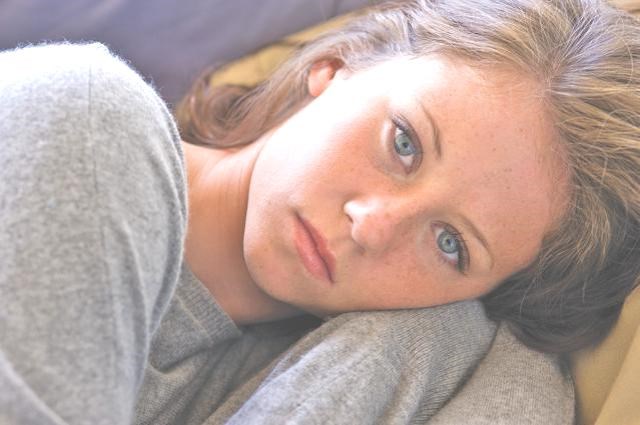As autumn transforms into winter, the number of available hours of daylight slowly dwindles. Some areas of Alaska and Canada see only about three or four hours of daylight per day in the winter months. Conversely, those who live in Key West, Florida, the southernmost point of the contiguous United States, may enjoy around 10 hours of daylight.
Fewer daylight hours can adversely affect mood and productivity. Seasonal affective disorder, often referred to as “SAD” or “the winter blues,” has been recognized and included in the Diagnostic and Statistical Manual for Mental Disorders. Clinicians say that, as days become short and dark, a predictable set of symptoms of SAD may emerge. Individuals with SAD may experience a host of symptoms, including difficulty waking in the morning; diminished energy levels; a tendency to eat more; an inability to concentrate; and depression.
The Cleveland Clinic advises that approximately half a million people in the United States suffer from winter SAD, while 10 to 20 percent may suffer from more mild forms of winter blues. The Canadian Mental Health Association states that between 2 and 3 percent of Canadians will experience SAD in their lifetime. Another 15 percent will experience a mild form of SAD that leaves them only slightly depressed. Similar symptoms can occur for those people who live in cloudy regions or high latitudes.
Evidence strongly suggests SAD is linked to sunlight. This lack of sunlight may trigger production of melatonin in some individuals. Melatonin is a hormone made in the pineal gland that regulates sleep onset and sleeping patterns.
A combination of self-care strategies as well as professional medical treatment may help those with winter blues or more severe SAD. The U.S. Department of Health and Human Services says that these strategies can help people coping with SAD.
• Get out of the house into sunlight or brightly lit spaces early in the day when the sun is out.
• Increase time spent outdoors. Take a break midday and enjoy lunch outside or take a walk, even if it’s chilly.
• Try to spend time with other people and chat with friends and relatives.
• Avoid overloading on carbohydrates like cookies and candies.
• Talk to a doctor about using light therapy, which is the first line of SAD treatment, according to the University of Maryland School of Medicine.
• Consider cognitive behavioral therapy or talk therapy with a licensed mental health provider. He or she also can make recommendations about the use of medication to alleviate symptoms if other treatments do not provide results.
There are many ways to mitigate the symptoms of winter blues.



